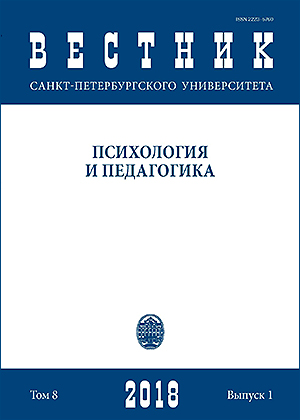Феномен Струп-интерференции в контексте теорий лексического доступа
DOI:
https://doi.org/10.21638/11701/spbu16.2018.104Аннотация
Обсуждается психолингвистический подход к описанию эмпирических данных, полученных в ходе использования Струп-теста и его модификаций. Участникам классического Струп-теста требуется с максимальной скоростью называть цвета словесных стимулов, игнорируя их значения. При соблюдении определенных условий игнорируемая информация интерферирует с выполняемой задачей, вызывая снижение скорости и точности ответов. Феномен Струп-интерференции рассматривается в психолингвистике как неизбежное следствие процессов порождения речи. Его объяснение дается в ряде теорий лексического доступа, обзор которых является целью настоящей работы. Приводится анализ двух групп теорий лексического доступа, обозначаемых как теории относительной активации (модель У.Ла Хейа и коллег, модель А.Роелофса и концепция Р.Абдель Рахман и А.Мелингер) и теории абсолютной активации (концепция исключения ответов и модель К.Мулатти и коллег). В теориях первой группы постулируется, что Струп-интерференция возникает на стадии отбора релевантных задаче ответов. Согласно теориям второй группы, Струп-интерференция возникает на поздних этапах переработки стимулов как результат блокировки неверно выбранных ответов. По результатам обзора делается вывод о том, что теории лексического доступа не справляются с задачей объяснения известных интерференционных феноменов. Обсуждаются пути дальнейшего развития психолингвистических теорий Струп-интерференции.
Ключевые слова:
Струп-интерференция, тест Струпа, лексический доступ, порождение речи, лексическое соревнование, психолингвистика
Скачивания
Библиографические ссылки
Загрузки
Опубликован
Как цитировать
Выпуск
Раздел
Лицензия
Статьи журнала «Вестник Санкт-Петербургского университета. Психология» находятся в открытом доступе и распространяются в соответствии с условиями Лицензионного Договора с Санкт-Петербургским государственным университетом, который бесплатно предоставляет авторам неограниченное распространение и самостоятельное архивирование.




